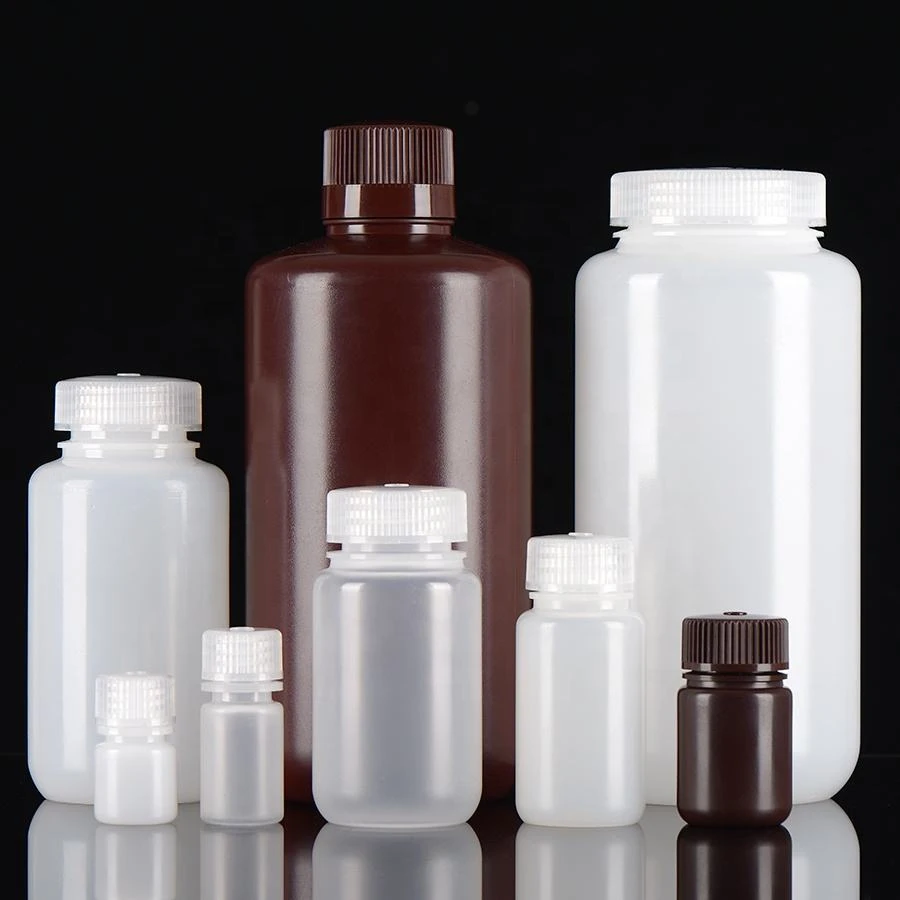
-
 Afrikaans
Afrikaans -
 Albanian
Albanian -
 Amharic
Amharic -
 Arabic
Arabic -
 Armenian
Armenian -
 Azerbaijani
Azerbaijani -
 Basque
Basque -
 Belarusian
Belarusian -
 Bengali
Bengali -
 Bosnian
Bosnian -
 Bulgarian
Bulgarian -
 Catalan
Catalan -
 Cebuano
Cebuano -
 Corsican
Corsican -
 Croatian
Croatian -
 Czech
Czech -
 Danish
Danish -
 Dutch
Dutch -
 English
English -
 Esperanto
Esperanto -
 Estonian
Estonian -
 Finnish
Finnish -
 French
French -
 Frisian
Frisian -
 Galician
Galician -
 Georgian
Georgian -
 German
German -
 Greek
Greek -
 Gujarati
Gujarati -
 Haitian Creole
Haitian Creole -
 hausa
hausa -
 hawaiian
hawaiian -
 Hebrew
Hebrew -
 Hindi
Hindi -
 Miao
Miao -
 Hungarian
Hungarian -
 Icelandic
Icelandic -
 igbo
igbo -
 Indonesian
Indonesian -
 irish
irish -
 Italian
Italian -
 Japanese
Japanese -
 Javanese
Javanese -
 Kannada
Kannada -
 kazakh
kazakh -
 Khmer
Khmer -
 Rwandese
Rwandese -
 Korean
Korean -
 Kurdish
Kurdish -
 Kyrgyz
Kyrgyz -
 Lao
Lao -
 Latin
Latin -
 Latvian
Latvian -
 Lithuanian
Lithuanian -
 Luxembourgish
Luxembourgish -
 Macedonian
Macedonian -
 Malgashi
Malgashi -
 Malay
Malay -
 Malayalam
Malayalam -
 Maltese
Maltese -
 Maori
Maori -
 Marathi
Marathi -
 Mongolian
Mongolian -
 Myanmar
Myanmar -
 Nepali
Nepali -
 Norwegian
Norwegian -
 Norwegian
Norwegian -
 Occitan
Occitan -
 Pashto
Pashto -
 Persian
Persian -
 Polish
Polish -
 Portuguese
Portuguese -
 Punjabi
Punjabi -
 Romanian
Romanian -
 Russian
Russian -
 Samoan
Samoan -
 Scottish Gaelic
Scottish Gaelic -
 Serbian
Serbian -
 Sesotho
Sesotho -
 Shona
Shona -
 Sindhi
Sindhi -
 Sinhala
Sinhala -
 Slovak
Slovak -
 Slovenian
Slovenian -
 Somali
Somali -
 Spanish
Spanish -
 Sundanese
Sundanese -
 Swahili
Swahili -
 Swedish
Swedish -
 Tagalog
Tagalog -
 Tajik
Tajik -
 Tamil
Tamil -
 Tatar
Tatar -
 Telugu
Telugu -
 Thai
Thai -
 Turkish
Turkish -
 Turkmen
Turkmen -
 Ukrainian
Ukrainian -
 Urdu
Urdu -
 Uighur
Uighur -
 Uzbek
Uzbek -
 Vietnamese
Vietnamese -
 Welsh
Welsh -
 Bantu
Bantu -
 Yiddish
Yiddish -
 Yoruba
Yoruba -
 Zulu
Zulu
graduated centrifuge tube function
The Function and Importance of Graduated Centrifuge Tubes
Graduated centrifuge tubes are essential tools used in laboratories across various scientific fields, including biology, chemistry, and medical research. Their primary function is to facilitate the separation and collection of different components within a liquid sample through the process of centrifugation. This article delves into the significance, design, and applications of graduated centrifuge tubes, highlighting their vital role in laboratory procedures.
What Are Graduated Centrifuge Tubes?
Graduated centrifuge tubes are typically made from high-quality plastic or glass and are marked with measurement increments to allow for accurate volume readings. They come in various sizes, commonly ranging from 5 mL to 50 mL or more, accommodating different volumes of liquid samples. The graduations printed on the sides of the tubes help scientists measure the exact volume of liquids, ensuring precise experimentation and analysis.
The Function of Graduated Centrifuge Tubes
The primary function of graduated centrifuge tubes is to enable the centrifugation process. Centrifugation involves spinning samples at high speeds, generating a centrifugal force that separates components based on their density. Heavier particles, such as cells or sediment, are forced to the bottom of the tube, while lighter components, like proteins or small molecules, remain suspended in the liquid above. This separation is crucial in many scientific processes, such as
1. Cell Separations In biology and medical research, graduated centrifuge tubes are used for cell culture and isolation. Researchers can separate blood components, such as white blood cells and plasma, allowing for further analysis and experimentation.
2. Protein Purification In biochemical studies, proteins can be isolated and purified from a mixture. By adjusting the centrifugation speed and time, scientists can target specific proteins of interest, essential for studying their functions and interactions.
graduated centrifuge tube function

3. Particles and Precipitation When conducting chemical reactions, precipitates may form. Graduated centrifuge tubes allow researchers to collect these precipitates by spinning the reaction mixture, facilitating the analysis of solid compounds.
Design Considerations
The design of graduated centrifuge tubes plays a significant role in their functionality. Many tubes are designed to withstand high centrifugal forces without breaking or deforming, ensuring reliable results during experiments. Additionally, certain tubes are designed with conical bottoms to facilitate the collection of pellets, making it easier to retrieve settled particles after centrifugation. Some tubes also come with screw caps or snap-on closures to prevent sample contamination and evaporation.
Applications Across Scientific Fields
The applications of graduated centrifuge tubes extend beyond basic laboratory procedures. In clinical diagnostics, they are indispensable for processing blood samples, allowing for the separation of serum or plasma for further testing. Environmental science researchers use them to analyze soil or water samples, separating pollutants from contaminants for assessment.
The pharmaceutical industry relies on graduated centrifuge tubes for drug formulation and testing. In biotechnology, they are critical for the production of vaccines and therapeutics, where precise measurements and sample integrity are paramount.
Conclusion
Graduated centrifuge tubes are fundamental components of laboratory equipment, serving multiple functions across various scientific disciplines. Their design enhances their usability, ensuring accurate measurements and efficient separation of components during the centrifugation process. As research continues to evolve, the role of graduated centrifuge tubes will remain critical in advancing scientific knowledge and innovation. Whether in a basic research lab or a clinical setting, these tubes will undoubtedly continue to contribute to the success of experimental endeavors.
-
Premium 200ml Medicine Bottles – Leakproof Dropper & Spray Options at Best PriceNewsJul.05,2025
-
PTFE Centrifuge Tubes - Chemical Resistant, Leak-proof, Ideal for Laboratory UseNewsJul.05,2025
-
Premium Metal Dropper Bottle for Precise Dispensing 250ml & 1ml Options AvailableNewsJul.04,2025
-
20 ml Headspace Vials - High Quality Polyethylene & Plastic Vials for Lab UseNewsJul.04,2025
-
Small Bottle with Pipette - Precise Dispensing 100ml Pipette Bottles for Essential Oils & Lab UseNewsJun.24,2025
-
Acetic Anhydride Bottle for Accurate Dropper Measurement in Pharmacy Use High-Quality Dropper BottlesNewsJun.10,2025






















